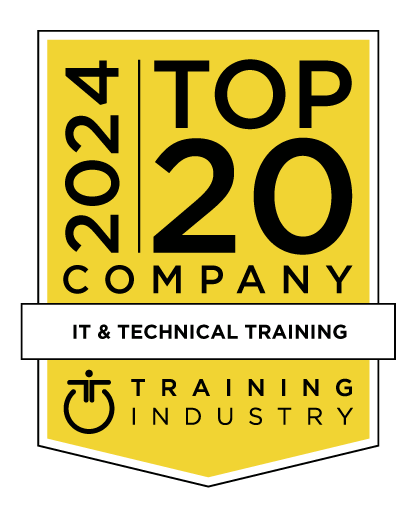title
Please take a moment to fill out this form. We will get back to you as soon as possible.
All fields marked with an asterisk (*) are mandatory.
z/OS System Services Structure





Course Description
Overview
This course presents the structure and control blocks of the z/OS BCP and system services. It prepares the new z/OS system programmer to identify potential bottlenecks and performance problems, perform initial error symptom gathering, and identify opportunities and requirements for tailoring a z/OS system. This course also provides prerequisite information needed for further training in specialized areas such as system measurement and tuning and system problem determination.
This course is one step in the following Learning Journey:
Objectives
- Explain the MVS functions and control blocks necessary to support a task in a multitasking and multiprocessing environment
- Describe the software and hardware functions that allow a program to interact with programs running in other address spaces, use data in other address spaces, and use data in data spaces
- Trace the flow of an I/O operation from the initial request in the application program through the completion of data transfer
- Identify the control blocks that describe the current status of an I/O request
- Describe the functions of the z/OS BCP Virtual, Real, and Auxiliary Storage Managers
- Describe the functions performed by the Recovery Termination Manager and recovery management components to minimize failure impact and enhance error correction
- Select the appropriate IBM publication to provide further technical information (SRLs, Technical Bulletins, Self-study and other z/OS courses)
- Describe the services provided by cross system extended services (XES)
- Identify and explain the purpose of the cache, list, and lock structures
- Plan the implementation of the global resource serialization STAR environment.0.2 pref
Audience
The primary audience for this intermediate course are z/OS system programmers who are new to z/OS installation, customization, measurement and tuning, or problem determination. Subsystem programmers will also benefit from this class.
Prerequisites
- Describe the following z/OS BCP (MVS) characteristics:
- multiprocessing
- multiprogramming
- virtual storage and paging
- and multiple address space/data space architecture
- Explain how paging and swapping are accomplished through the interaction of real/central, expanded, auxiliary, and virtual storage in a z/OS system
- Explain the role of the dispatcher, interrupts, SVCs, the program manager, and serialization in managing work in a z/OS system
- State the role of z/OS software and hardware components in handling an I/O request for data on a direct access storage device
You should be able to:
These prerequisites can be met through on the job training or completion of z/OS Facilities.
Note: A fundamental knowledge of hexadecimal notation, assembler language, and z/Architecture instruction execution will enhance your understanding of the course material. Completion of Assembler Language Coding Workshop or Assembler Language Series is recommended.
Topics
Day 1
- Welcome
- Unit 1 - z/OS system introduction
Day 2
- Unit 2 - Operating environment initialization
- Unit 3 - Task management
Day 3
- Unit 4 - Addressability
- Unit 5 - Input/Output supervisor
Day 4
- Unit 6 - Storage management
- Unit 7 - Recovery termination manager
Day 5
- Unit 7 - Recovery termination manager (Continued)
Related Courses
-
z/OS System Programmer Fundamentals
ES40G- Duration: 32 Hours
- Delivery Format: Classroom Training, Online Training
- Price: 3,580.00 USD
-
z/OS Facilities
ES15G- Duration: 36 Hours
- Delivery Format: Classroom Training, Online Training
- Price: 4,475.00 USD
Self-Paced Training Info
Learn at your own pace with anytime, anywhere training
- Same in-demand topics as instructor-led public and private classes.
- Standalone learning or supplemental reinforcement.
- e-Learning content varies by course and technology.
- View the Self-Paced version of this outline and what is included in the SPVC course.
- Learn more about e-Learning
Course Added To Shopping Cart
bla
bla
bla
bla
bla
bla
Self-Paced Training Terms & Conditions
Exam Terms & Conditions
Sorry, there are no classes that meet your criteria.
Please contact us to schedule a class.

STOP! Before You Leave
Save 0% on this course!
Take advantage of our online-only offer & save 0% on any course !
Promo Code skip0 will be applied to your registration
Purchase Information
title
Please take a moment to fill out this form. We will get back to you as soon as possible.
All fields marked with an asterisk (*) are mandatory.










